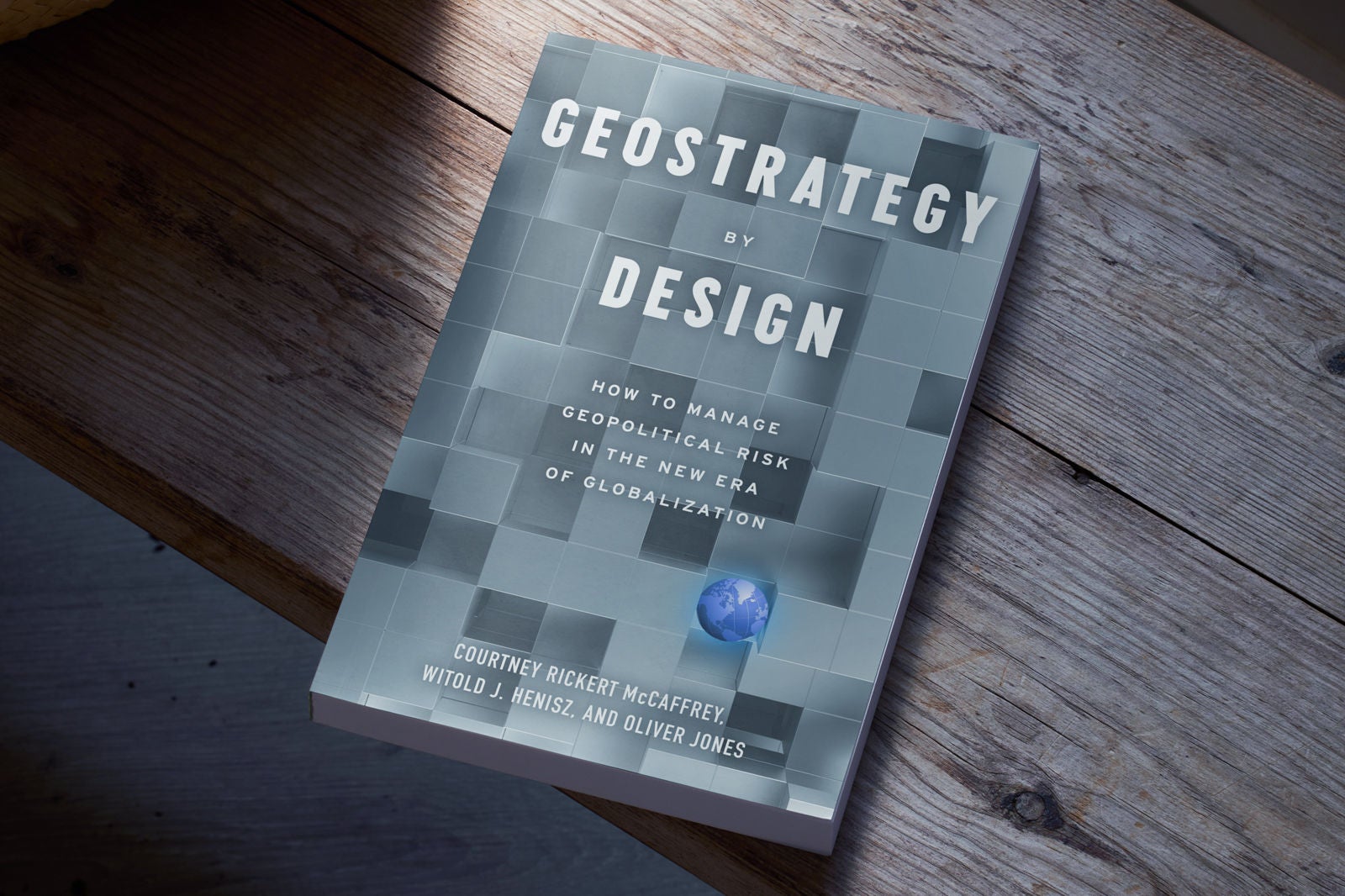EY refers to the global organization, and may refer to one or more, of the member firms of Ernst & Young Global Limited, each of which is a separate legal entity. Ernst & Young Global Limited, a UK company limited by guarantee, does not provide services to clients.
How EY can help
-
EY-Parthenon professionals recognize that CEOs and business leaders are tasked with achieving maximum value for their organizations’ stakeholders in this transformative age. We challenge assumptions to design and deliver strategies that help improve profitability and long-term value.
Read more
Looking out over a three-year horizon, CEOs expect to shift their focus to decarbonizing their business to reach net-zero targets, protect and enhance growth, and continue investing in technology.
All sectors and geographies are taking part in an AI-powered technology race that will be a significant driver of growth and opportunity. EY analysis (via EY.com US) estimates that global GDP could see an uplift of between US$1.7t (in a baseline scenario) and US$3.4t (in an optimistic case) over the next ten years – the equivalent of adding an economy the size of India in a decade. This significant boost would reflect the accelerated adoption and integration of transformative generative AI (GenAI) technologies across major economies.
CEOs do need to look beyond the short-term efficiency and mid-term productivity gains that AI promises. One priority three years out is revenue growth. But the potential for emerging technologies and AI to accelerate revenue growth through new products and services or accessing adjacent or new markets needs to be activated now.
The EY 2023 Global Cybersecurity Leadership Insights Study found that only one in five chief information security officers (CISOs) and C-suite leaders consider their approach effective for the challenges of today and tomorrow. This comes even after we witnessed a higher number and wider range of major cybersecurity incidents in 2023, from nation-state espionage campaigns to attackers leveraging software supply chain vulnerabilities.
The CEO view of the three-year horizon maps closely to expectations from institutional investors, albeit with a lower focus on decarbonization by investors. Investors are more focused on maintaining a balance of growth, profitability and cost optimization.










